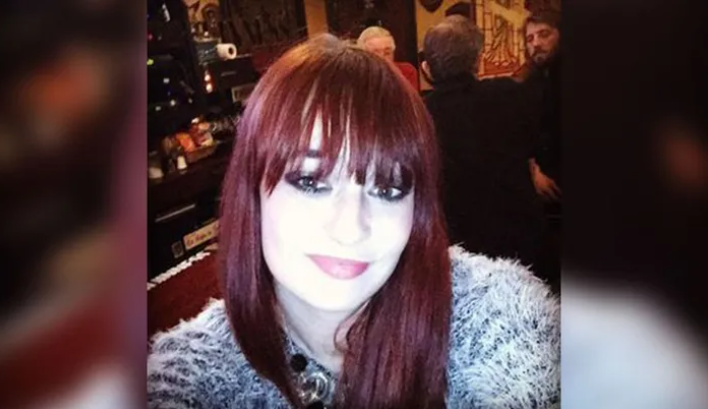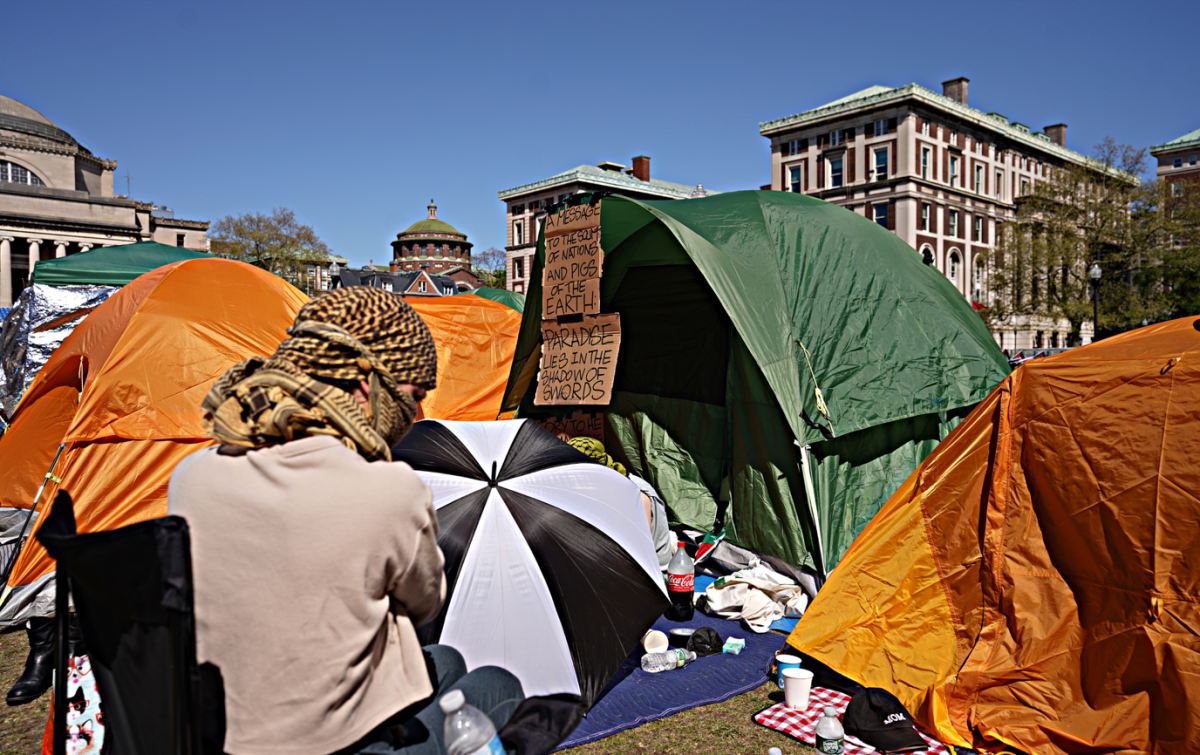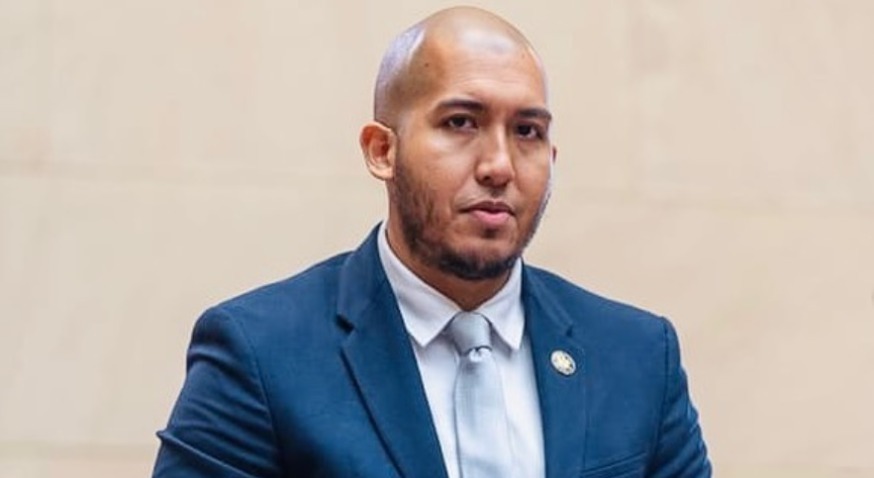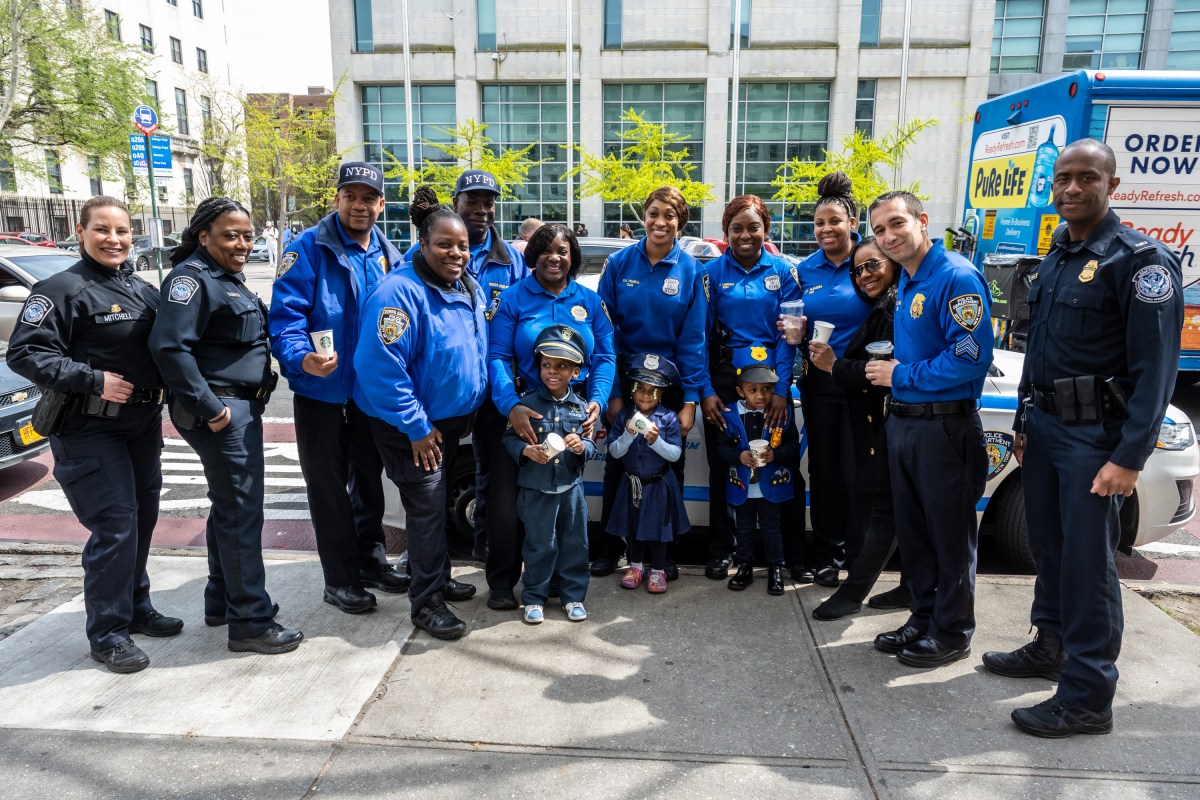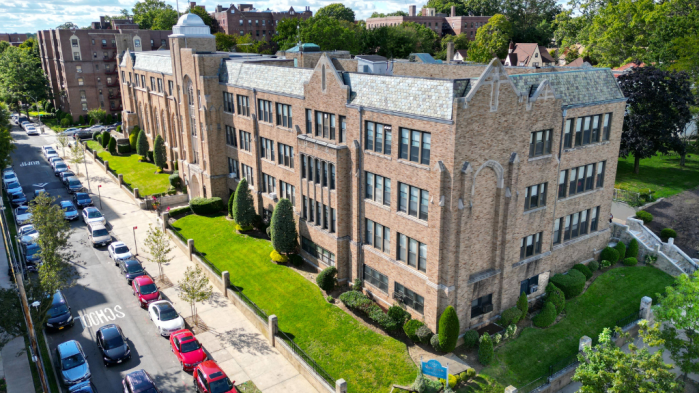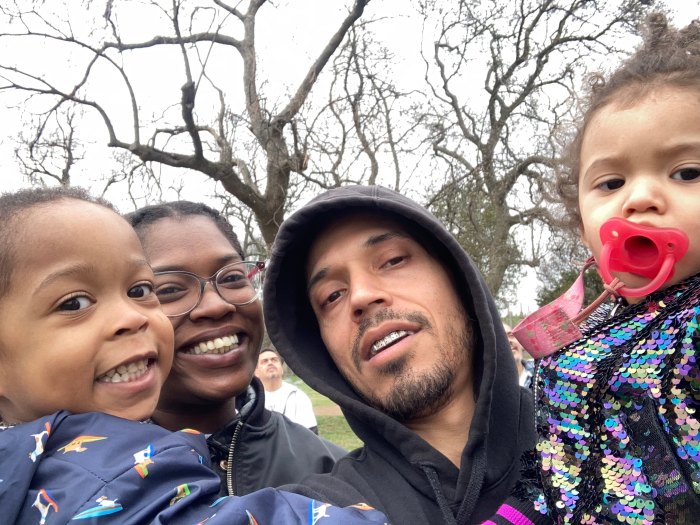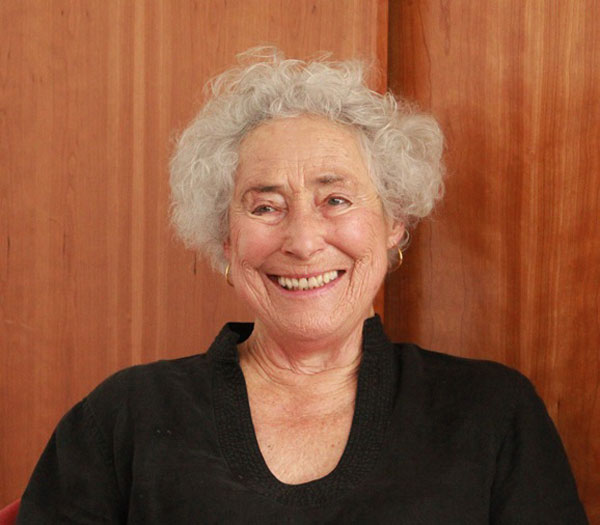
BY ALBERT AMATEAU | Judith Edelman, a longtime Greenwich Village resident and prominent architect who led the effort to take down barriers to women in the profession, died Oct. 4 in her W. 12th St. home. She was 91.
With her late husband, the architect Harold Edelman, she organized a partnership that designed public housing, neighborhood health centers and large-scale projects, including more than 1,500 apartment and commercial units in the Two Bridges neighborhood between the Manhattan and Williamsburg Bridges.
However, she achieved nationwide prominence for her struggle to bring women into the overwhelmingly male-dominated architectural profession.
Her advocacy for women in architecture was so uncompromising that she was known as “The Dragon Lady,” according to an interview published a few years ago on her firm’s Web site.
In 1971 Judith Edelman became the first woman elected to the American Institute of Architecture’s executive committee. Her goal was to persuade what she called “an exclusive gentlemen’s club” to elevate women architects, according to a New York Times obituary.
Although she was fascinated by an architectural exhibit as a youngster, she didn’t think of it as a profession until she sustained an injury that put an end to her career as a dancer.
“Judy was, passionate about dance — modern dance, none of that ballet stuff — jazz and modern architecture,” said Judith Blitzer, a friend since childhood and a W. 12th St. neighbor. “She was a real modernist and she was serious — serious about everything,” Blitzer added.
Carol Greitzer, a former city councilmember and a W. 12th St. resident, recalled that Harold and Judy lived in a renovated old row house on Bank St. 40 years ago.
“I knew Harold better because he was a member of Community Board 2,” Greitzer said. After Harold died in 1999, Judith moved to W. 12th St.
Born Judith Deena Hochberg to immigrants from Eastern Europe, she attended progressive schools, went on to Connecticut College and then New York University, before going to Columbia’s architectural school. It was in 1942 and 1943 when most American men were in the armed services, so the school of architecture had a lot of women and South American men.
After Columbia, prospective employers told her, “We don’t hire girls,” according to her firm’s Web site. However, Huson Jackson, a Harvard professor of architecture with a small office in Greenwich Village, gave her a job.
Harold Edelman and Judy were married in 1947. A short time later, Judy applied for a Columbia travel fellowship.
“Harold was working in a firm that did a lot of retail stuff and he was happy to quit,” she told the writer of her firm’s blog. “We traveled in Italy a lot. We went to Holland, Denmark, Sweden, through Switzerland as fast as we could, because we couldn’t afford a cup of coffee there. We did not go to Spain because of Franco. I was raised in a very lefty environment,” she explained.
She told the blog writer, “I was on a jury once with Robert Stern and we wound up at a terrible impasse… . We just sat there saying ‘No’ to each other. Finally he said, ‘You’re nothing but a god-damned unreconstructed Modernist.’… I don’t remember how we resolved it.”
Judy and Harold teamed up with Stanley Salzman, who had worked with Walter Gropius, a pioneer of Modernist architecture. Salzman left the firm in 1971. The successor firm, ESKW/A (Edelman Sultan Knox Wood/Architects), continues.
Among the firm’s important projects in Manhattan is the preservation and conversion to multi-unit residences of nine brownstones in the Upper West Side Urban Renewal area. The firm also rebuilt the NENA (North East Neighborhood Association) health clinic on E. Third St. The 1969 renovation of the Church of St. Mark’s in-the-Bowery after a devastating fire was an Edelman project completed in 1986.
Judith Edelman was the model for the protagonist of a 1974 children’s book, “What Can She Be? An Architect.” Two weeks before she died, she attended a design conference and walked 10 blocks home, according to her Times obituary.
Two sons, Marc, a CUNY professor, and Joshua, a musician living in Europe, survive, as do a sister, Joan Gitlow, eight grandchildren and three great-grandchildren.
A memorial will be held at the AIA New York City Center, on LaGuardia Place, in mid-December. Details will be announced later.
The firm’s Web site posted this tribute: “Judy had such an indelible spirit that her passing has come as a shock for us at ESKW/A. Deeply committed, wonderfully irascible and extraordinarily talented, she created and maintained a strong identity for this firm that continued throughout her retirement and will continue into the future, well after her passing.”










